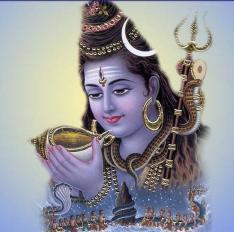Lord Shiva is also known as Mahadev, Bholenath. According to the mythologies, this world was created by Lord Shiva. It is believed that worshiping Lord Shiva is auspicious. The aim of Shiva Puja is to prepare the body and mind to get the blessings of Lord Shiva. Here, you will know the mantras and the rules for Shiva worship.

Purpose of Shiva Puja Fasting
The purpose of Shiva Puja and fasting is to prepare the body and mind to get the blessings of Lord Shiva. Shiva Puja, night vigil and fasting are the three key aspects of Shiva worship. The worship of Shiva is quite diverse. One can worship a Shiva Statue or Lingam. However, according to Shiva Purana, worshiping Shiva in the form of infinite column or Shiva-Lingam is considered to be more virtues than worshipping the form of statue. Here, we discussed some of the basic rules for the Shiva Worship daily as well as during Shivaratri.
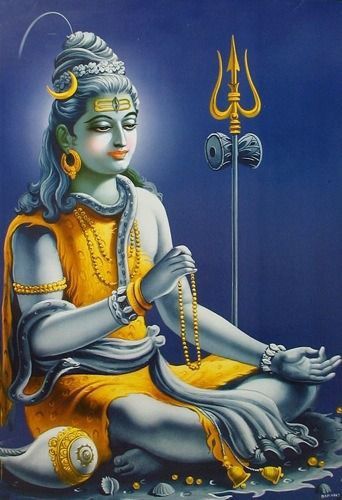
Shiva Puja and Meditation
Shivaratri 2025 date and time
Maha Shivaratri 2025 Details
| Event | Details |
|---|---|
| Maha Shivaratri Date | Wednesday, February 26, 2025 |
| Chaturdashi Tithi Begins | 11:08 AM on Feb 26, 2025 |
| Chaturdashi Tithi Ends | 08:54 AM on Feb 27, 2025 |
| Nishita Kaal Puja Time | 11:24 PM to 12:14 AM, Feb 27 |
| Duration | 00 Hours 49 Mins |
| Ratri First Prahar Puja Time | 05:39 PM to 08:44 PM |
| Ratri Second Prahar Puja Time | 08:44 PM to 11:49 PM |
| Ratri Third Prahar Puja Time | 11:49 PM to 02:54 AM, Feb 27 |
| Ratri Fourth Prahar Puja Time | 02:54 AM to 06:00 AM, Feb 27 |
| Shivaratri Parana Time | 06:00 AM to 08:54 AM, Feb 27 |
Shivaratri and Mahashivratri
Shivaratri:
Shivaratri is observed on the Chaturdashi Tithi (14th day) of Krishna Paksha (the dark fortnight) every month. Known as Masik Shivaratri, it occurs 12 times a year, with each offering an opportunity for spiritual growth and devotion to Lord Shiva. The night is dedicated to fasting, meditation, and prayer, helping devotees purify their minds and seek the blessings of Shiva. While every Masik Shivaratri is significant, the one occurring in the month of Sawan (Shravan) holds a special place in the hearts of devotees for its heightened spiritual power.
Mahashivratri:
Mahashivratri, on the other hand, is the grandest and most spiritually charged of all Shivaratris. It falls on the Chaturdashi Tithi in the month of Phalgun and is considered the most auspicious day for worshiping Lord Shiva. This night commemorates the divine moment when Lord Shiva, renouncing his ascetic life, married Goddess Parvati. It is a celebration of their cosmic union, symbolizing the balance of masculine and feminine energies and the creation of the universe.
On Mahashivratri, the worship of both Lord Shiva and Goddess Parvati together is believed to bring harmony, peace, spiritual fulfillments, strength relationships, and total well-being.
Shivaratri Fasting
 Shivratri fasting is extremely auspicious. There are two types of fasting strict form of fasting and light form of fasting. The strict form of fasting consists of abstaining from food, drinks and water. The milder form of fasting allows consuming milk, water and fruits.
Shivratri fasting is extremely auspicious. There are two types of fasting strict form of fasting and light form of fasting. The strict form of fasting consists of abstaining from food, drinks and water. The milder form of fasting allows consuming milk, water and fruits.
It is said that Lord Shiva is very fond of milk. Each year Shiva devotees offer milk to the Shiva lingam. Milk is also consumed widely during the vrat. Both milk and milk based foods are popular during the vrat.
The most important aspect of the fasting is abstaining from bad thoughts, bad company and bad words. The devotee must practice virtues and keep away from all evils.
When the devotee observes a fast with discipline and spends the entire day at the feet of Lord Shiva, his/her mind is controlled. Fasting with sincerity and uttering the names of Lord Shiva with perfect devotion purifies the soul and five energy bodies. It is believed that such a devotee reaches the abode of Lord Shiva and lives there happily and get liberation from the cycle of birth and death.
Shiva Abhisheka
Shiva - Lingam is the subtle form of Lord Shiva. It is Aadi and Anantha, which means eternal and infinite. The worship rituals are explained both in Skanda Purana and the Shiva Purana.
Shiva loves Abhisheka, which is the way to offer holy water to Shiva. In many Shiva temples, there is a vessel hung over the Lingam called "Thaara Paathra", that continuously drips water or other offerings onto the Lingam to fulfill Shiva's love for Abhisheka. Taking Tripundra vibhudhi (three lined ash) on the forehead, is one of the key aspects of Shiva Puja.
Prayer and Night Vigils
Prayers and night vigils go on throughout the night of Maha Sivaratri, what also makes the festival special is the whole night worship and celebration. The fasting on Shivratri starts at dawn and continues over the day and night. The fasting must conclude only on the next day morning.
The specialty of this Shivaratri is that the marriage of Shiva and Parvati was completed on this day. And so on this day married men and women worship Shiva by fasting without water to spend their married life happily. Also unmarried women fast to get a good husband like Shiva.
Om Namah Shivaya Mantra: Meanings, Glory and Adoration
Namah Shivaya means "Adoration to Lord Shiva." The separate words that make up this beautiful mantra are as follows:
- Om: The Primodial Sound of Creation. The first vibration that emerged out of the void and silence that existed before creation. It is also the root of all the sounds, words and mantras.
- Namah: my salutations, or I bow, or I surrender to the Supreme Beauty.
- Shiva: to Shiva, the auspicious, the peaceful, the absolute Truth, and the most beautiful one. We call "satyam shivam sundaram". Shiva specifically means, auspicious, propitious, gracious, benign, kind, benevolent, friendly.
- Aya: means “to” or “for” the word that it is attached to.
The Om Namah Shivya is a five-syllable mantra. The five five-syllables are: Na ma si va ya. Om is beyond everything and includes everything. Hence, Om is not counted in the manta syllable counting. Here, Na represents earth, ma water, si fire, va air, and ya ether.
The Eleven Shiva Mantras for Chanting
The eleven Shiva mantras for Shiva Puja includes:
- ॐ अघोराय नम: - Om Aghoraya Namah:
- ॐ शर्वाय नम: - Om Sharvaya Namah:
- ॐ विरूपाक्षाय नम: - Om Virupakshaya Namah:
- ॐ विश्वरूपिणे नम: - Om Visvaroopine Namah:
- ॐ त्र्यम्बकाय नम: - Om Tryambakaya Namah:
- ॐ नीलकण्ठाय नम: - Om Nilakanthaya Namah:
- ॐ कपर्दिने नम: - Om Kapardine Namah:
- ॐ भैरवाय नम: - Om Bhairavaya Namah:
- ॐ शूलपाणये नम: - Om Shulapāṇaya Namah:
- ॐ ईशानाय नम: - Om Ishanaya Namah:
- ॐ महेश्वराय नम: - Om Maheshwaraaya Namah:
This is the very simple and great mantra to please Lord Shiva. These mantras can be chanted daily with a garland of Rudraksha. The chanting should be done facing east or north.
The Five Faces of Lord Shiva
Lord Shiva is often depicted with five faces, each representing a different aspect of his divine nature. From left to right, the names of these faces are Ishana, Tatpurusha, Aghora, Vamadeva, and Sadyojata.
- Ishana - This face represents the revealment of grace and is associated with the element of ether or space. It represents the all-pervading and infinite nature of Shiva, as well as his ability to bless and bestow grace on his devotees.
- Tatpurusha - This face represents the sublimation of the five senses and is associated with the element of air. It represents the transcendent aspect of Shiva, as well as his ability to help his devotees rise above the material world and attain spiritual enlightenment.
- Aghora - This face represents omnipresence and is associated with the element of fire. It represents Shiva's all-encompassing presence and his ability to protect his devotees from harm.
- Vamadeva - This face represents omnipotence and is associated with the element of water. It represents Shiva's power and strength, as well as his ability to destroy evil and protect righteousness.
- Sadyojata - This face represents omniscience and is associated with the element of earth. It represents Shiva's supreme knowledge and wisdom, as well as his ability to guide his devotees on the path to spiritual realization.
Overall, the five faces of Lord Shiva represent different aspects of his divine nature and offer a complete picture of his power, grace, and wisdom. Each face radiates a unique quality that helps devotees connect with Shiva in a different way and seek his blessings and guidance.
Shivaratri Mantras for the Four Parts to Worship Lord Shiva
Shivaratri is observed in the night in four ways, in the four parts of the night. When Shivaratri is observed in right way with devotion, the result is obtained. Worship Lord Shiva on this day with four separate mantras. Know all those rules.
| Part of the Worship | Mantra (Devanagari) | Mantra (IAST) |
|---|---|---|
| First part (milk) | इदं स्नानीय दुग्धम् ॐ हौं ईशानाय नमः।। | idaṃ snāniya dugdham oṃ hauṃ īśānāya namaḥ।। |
| Second part (curd) | इदं स्नानीय दधि ॐ हौं अघोराय नमः।। | idaṃ snāniya dadhi oṃ hauṃ aghorāya namaḥ।। |
| Third part (ghee) | इदं स्नानीय घृतम् ॐ हौं वाम देवाय नमः।। | idaṃ snāniya ghṛtam oṃ hauṃ vāma devāya namaḥ।। |
| Fourth part (honey, morning) | इदं स्नानीय मधु: ॐ हौं साधो जातये नम:।। | idaṃ snāniya madhuh oṃ hauṃ sādhō jātaye namaḥ।। |
Chanting the names of Lord Shiva and listening to the glories of the Lord are the most beneficial activities advised for the devotees.
Summary of Shiva Puja
1. You have to wake up in the morning, take a bath in sesame water in the morning and cleanse yourself.
2. Worship Shiva by fasting, without water all day long. If you can't fast alone, you should eat fruits and milk..
3. At four parts of the night, Shiva is bathed four times with milk, curd, ghee, and honey with proper mantra.
4. Mahadev will be satisfied if you give belpata, akanda flower, kusum, sandalwood for puja.
5. Milk and milk products should be offered to Shiva.
Shivratri fasting and night vigil and puja is extremely auspicious.
Glory of Om Namah Shivaya
The glory of the "Om Namah Shivaya" mantra is boundless. By chanting "Om Namah Shivaya", devotees seek liberation from the cycle of birth and death, also known as moksha. It is believed that by invoking Shiva’s name with sincerity, one can achieve freedom from worldly attachments and desires. It is considered a beej mantra (seed mantra), which holds a profound, transformative power.
Here are some reasons why this mantra is so glorious:
- Symbol of Ultimate Power: Lord Shiva represents the ultimate reality and cosmic power. The mantra acknowledges his supremacy as the creator, preserver, and destroyer of the universe.
- Purification of the Mind: Chanting "Om Namah Shivaya" purifies the mind, body, and soul. It helps eliminate negative thoughts, desires, and mental distractions, making the practitioner more aligned with spiritual growth.
- Spiritual Awakening: The "Om Namah Shivaya" mantra is a tool for self-realization and spiritual enlightenment. It helps in awakening the latent energy within, stimulating the Kundalini energy, and leading to higher states of consciousness.
- Healing Power: The vibration produced by chanting "Om Namah Shivaya" has a healing effect, bringing peace, balance, and emotional stability. It is known to reduce stress, anxiety, and fear, promoting a sense of calm and well-being.
- Divine Protection: It is believed that the mantra invokes Lord Shiva's divine protection. Those who chant it regularly are believed to be shielded from harm, misfortune, and negative energies.
Purification of the Pancha Mahabhutas (Five Elements)
Chanting the mantra "Om Namah Shivaya," purifies and harmonize the five elements within us, fostering physical health, mental clarity, and spiritual growth. The Pancha Mahabhutas—Earth (Prithvi), Water (Apas), Fire (Agni), Air (Vayu), and Ether (Akasha)—are the foundational elements of both the universe and the human body.
In the mantra "Om Namah Shivaya," each syllable holds deep symbolic significance, representing the five fundamental elements (Pancha Mahabhutas) that constitute the universe and the human body. Here’s the breakdown:
- Om (ॐ) — The universal vibration, the source of all creation.
- Na (न) — Earth (Prithvi): Represents stability, grounding, and the foundation of existence. It signifies physical strength, endurance, and the material world.
- Ma (म) — Water (Apas): Symbolizes fluidity, adaptability, and emotional depth. It reflects the qualities of nourishment, purification, and flow in life.
- Si (शि) — Fire (Agni): Denotes transformation, energy, and willpower. It represents the inner fire of determination, passion, and the power to overcome obstacles.
- Va (वा) — Air (Vayu): Signifies movement, breath, and the dynamic force of life. It embodies freedom, communication, and the subtle life force (prana) within.
- Ya (य) — Ether (Akasha): Represents space, expansion, and consciousness. It symbolizes the vastness of the universe, spiritual awareness, and connection to the divine.
Together, these elements in the mantra harmonize the body, mind, and spirit, leading to balance, inner peace, and spiritual growth.
Summary
The five face of Shiva represents the five branches of Saiva Tantra. In Hindu astrology, Shiva is considered as the ruler of the planets and the mind and thus worshipping Shiva gives greater mental strength, vitality and vigor.
Shiva loves Abhisheka, which is cleanse with holy water. Shiva is the God of all compassion when it came to saving the world from the serpent Vaasuki’s poison during the Samudra Manthan. Lord Shiva saved the world from poison, which is symbolic. Lord Shiva is continuously saving us from the negative energies.
May Lord Shiva Bless you all!
You may also read:
Read more ..
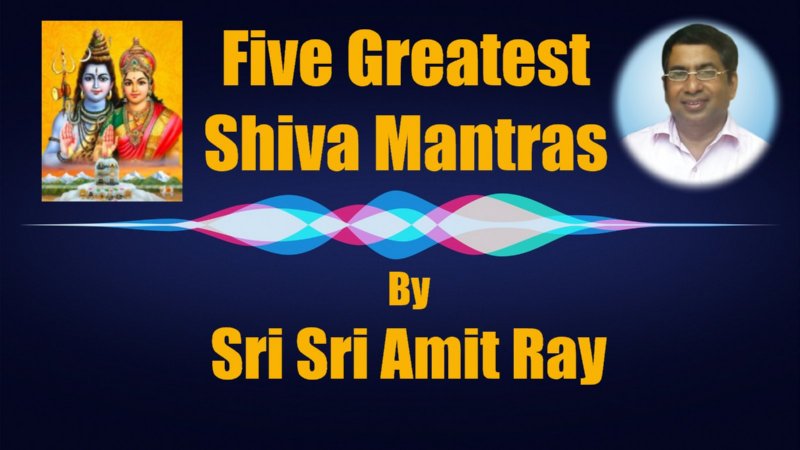
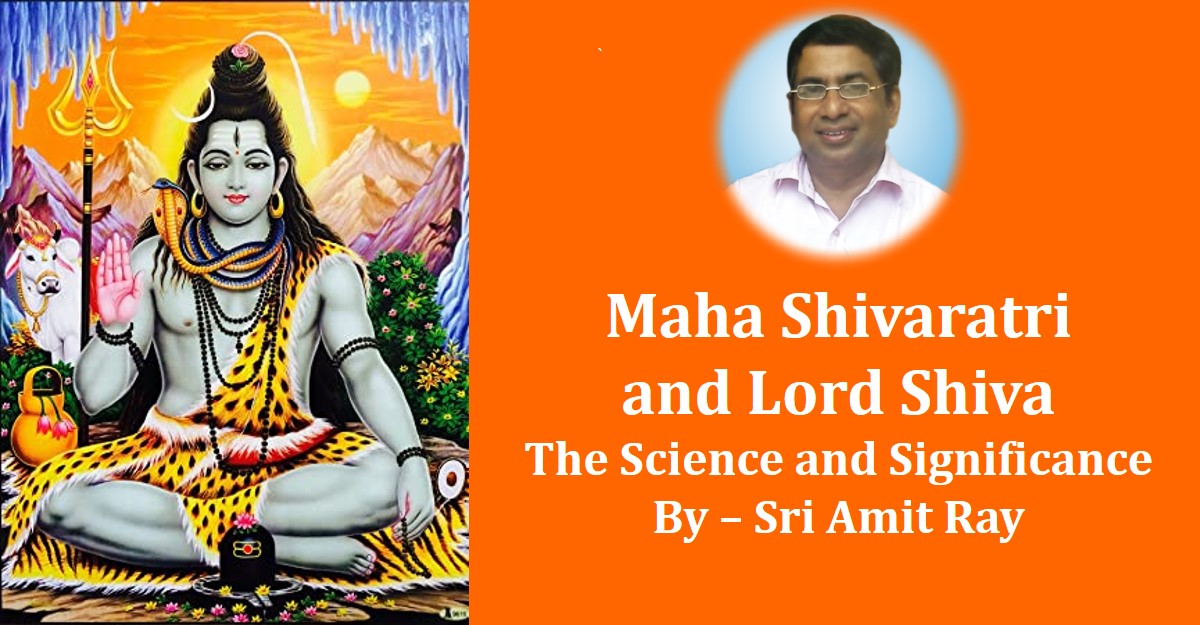
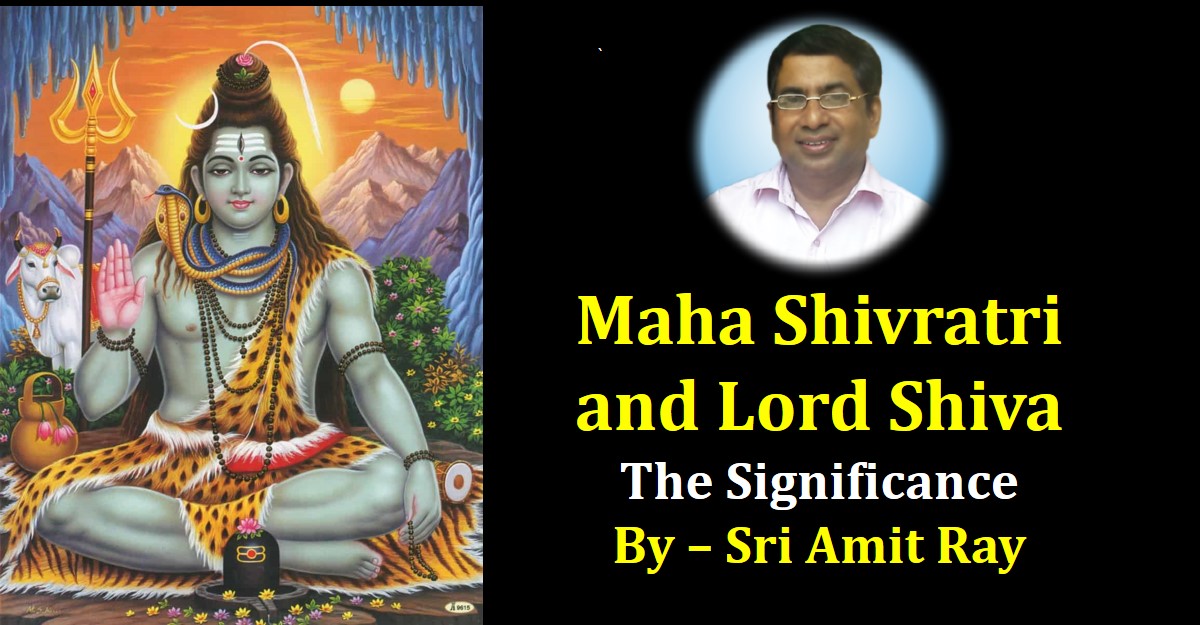
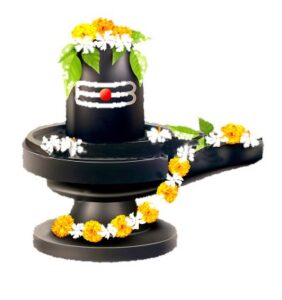 After taking a bath, one should offer water, cow milk, curd and honey, vibhuthi or sacred ash and sandalwood paste to Lord. One should offer bilwa leaves and flowers like Datura to Lord Shiva.
After taking a bath, one should offer water, cow milk, curd and honey, vibhuthi or sacred ash and sandalwood paste to Lord. One should offer bilwa leaves and flowers like Datura to Lord Shiva. 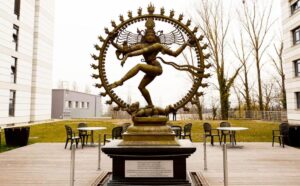
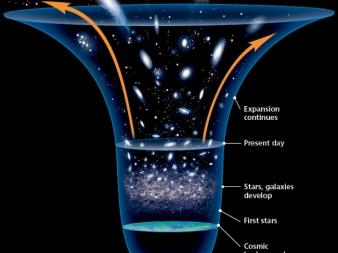 According to the modern science, the universe contains: 5% of visible matter, stars and the galaxies, another 1/4 dark matter and the remainder is something we don't know, but which we call dark energy. We also know that it is expanding. Kali is the Goddess of time, change, and destruction. She is the energy current inside that is wild, empowered and all loving. Dark energy is the name given to the mysterious force that's causing the rate of expansion of our universe to accelerate over time. This energy is deeply involved in the life/death / life cycle to keep growing and transforming. Kali does everything in the presence of Lord Shiva.
According to the modern science, the universe contains: 5% of visible matter, stars and the galaxies, another 1/4 dark matter and the remainder is something we don't know, but which we call dark energy. We also know that it is expanding. Kali is the Goddess of time, change, and destruction. She is the energy current inside that is wild, empowered and all loving. Dark energy is the name given to the mysterious force that's causing the rate of expansion of our universe to accelerate over time. This energy is deeply involved in the life/death / life cycle to keep growing and transforming. Kali does everything in the presence of Lord Shiva. 